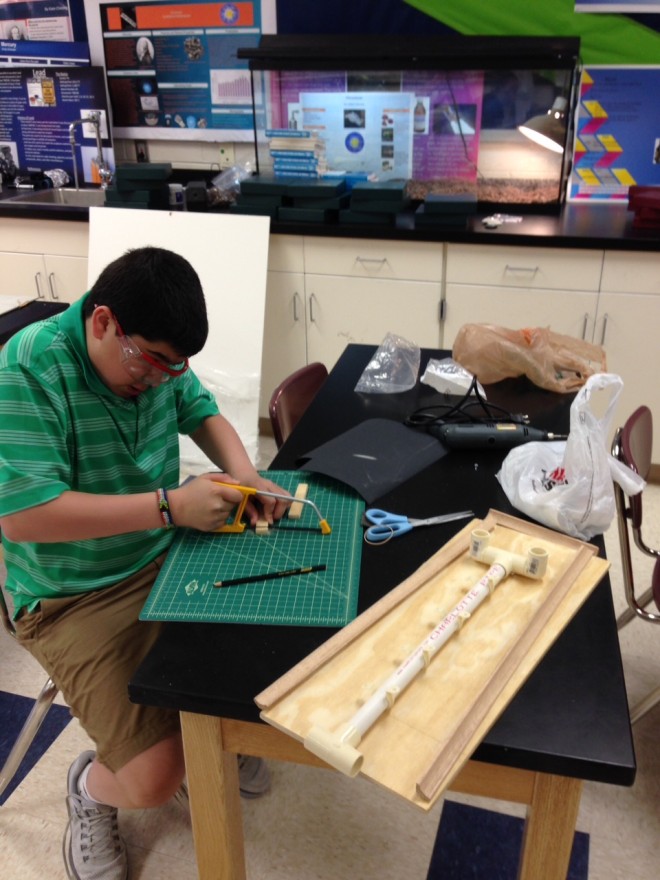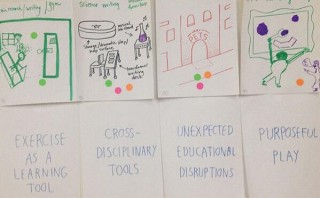So much of school is educating about the known, not the new. There is a thousand years of the known at our backs and a planet full of novel opportunity before us. To venture in the threshold of originality means to sometimes step into uncertainty and away from the traditional methods that often govern our teaching.
Working on the “high wire” of uncertainty, is what creative confidence is all about. It requires us to position a student’s confidence between acquired knowledge and skills, and the new unknown. In short…beyond the undeniably important disciplines of STEM.
This process is challenging and sometimes filled with mistakes. By embracing a process that slowly quiets the fear associated with mistakes and the momentary failures inherent in the design process, we intensify the playfulness and mindfulness necessary to create. Imagine a student who has been given the opportunity to fail in front of their peers, then has the support structure, confidence and skills to pick themselves up and make it work.
There is a magic that happens when a student is deeply immersed in solving a problem that matters to them. Great schools create these opportunities for their students. Our design and innovation efforts are not simply to get students to solve problems, ours is a process for defining what the problems are in the first place. Problem finding and defining is a key characteristic of our human need centered approach. It takes fearless skill, sharp intellect, an ability to blend empathy, and a creative mindset to identify and solve original problems. Originality is far too uncommon. St. Andrew’s challenges students to imagine the future, the problems, the solutions, the possibilities – and in those moments we discover the original thinkers.
Whether it is service learning, international development, science, or history class, we think, design and build the future one mind at a time


